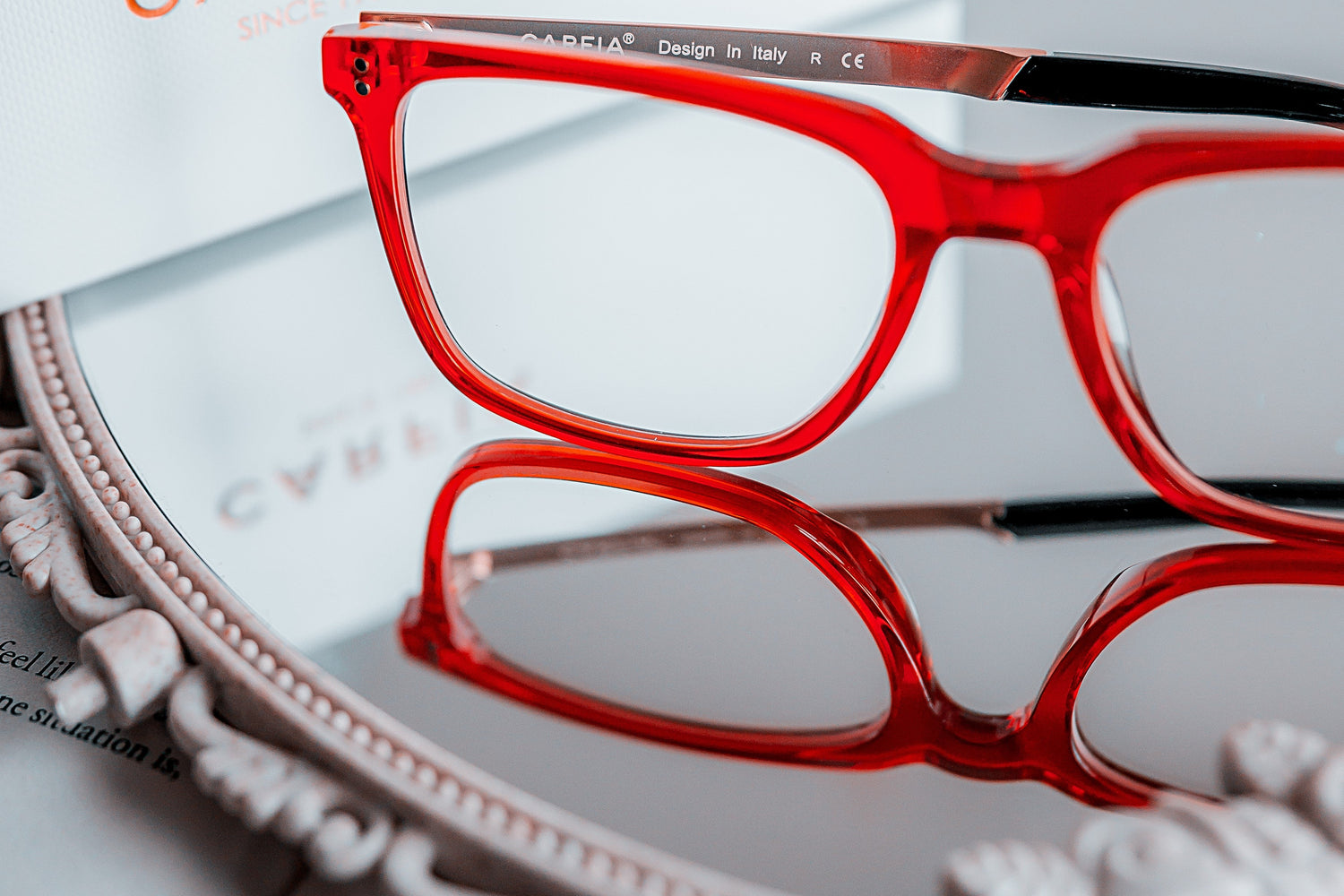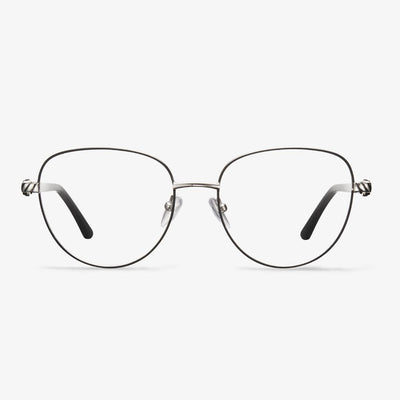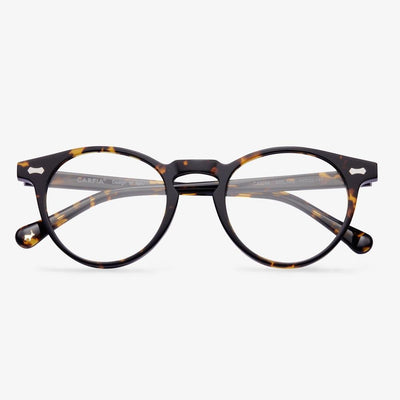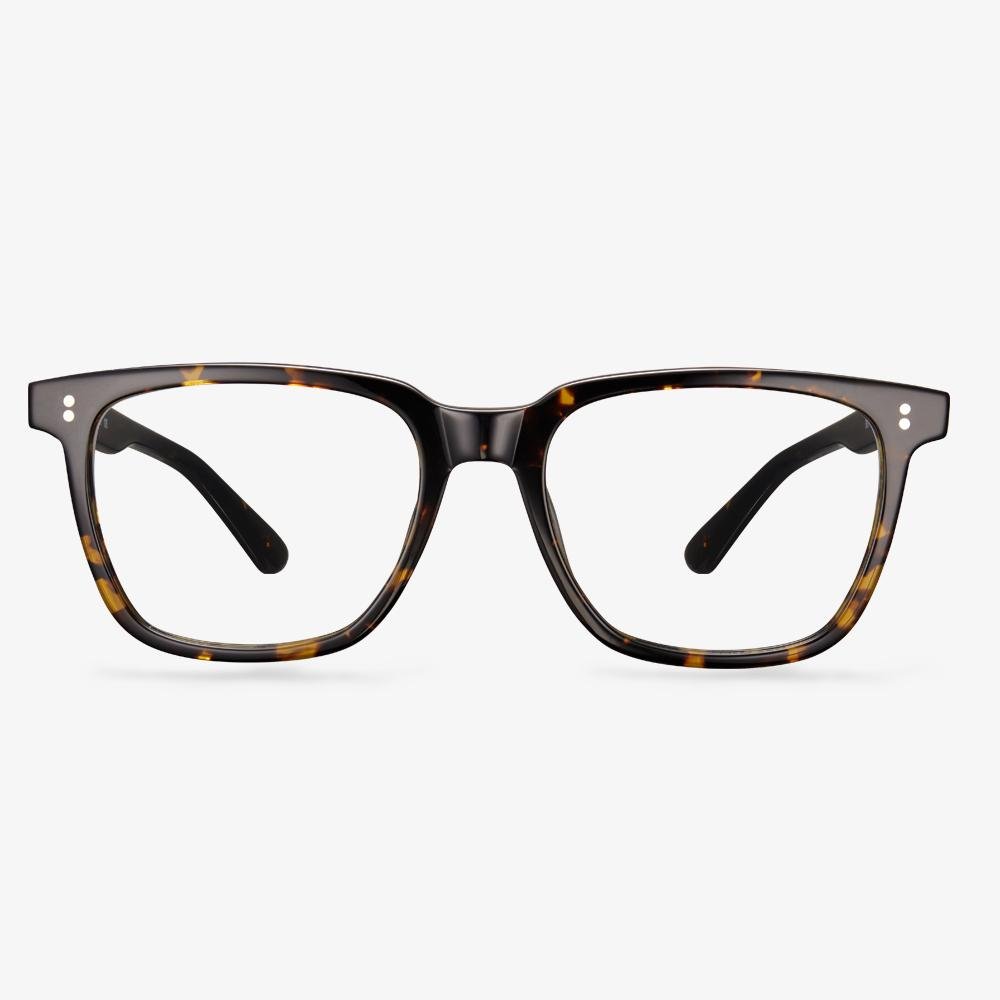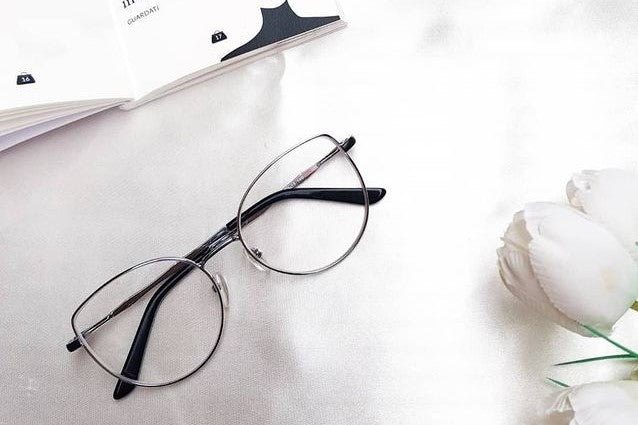Different Types of Progressive Lenses
The first progressive lenses we want to introduce are computer progressive lenses, which are designed for clear vision in office settings. These lenses are ideal when using a computer for over 4 hours a day and help to reduce eye strain.
Computer progressive lenses are intended for indoor use and should not be worn over your regular glasses. The drawback to this is it requires you to have two separate pairs of eyeglasses.
Target Optical
Target Optical provides easy eye care. They both deliver on the promise of expect more, pay less, combining high-quality eye care, fashion, affordability, and a simple, fun shopping experience. You can always get more for less. There are popular contact lens brands like Acuvue、CIBA and Specialty Glasses.No matter what you choose, there is an unconditional warranty.
Glasses in a Day
With decades of experience in the optical business, it allows the fastest prescription eyewear service. Male and female frames are mostly imported from Germany, Italy, and France. All orders are shipped the same day they are received, including Saturday, ensuring your new glasses arrive quickly. The team assembles, packs, and ships your glasses at our Massachusetts facility on the same day you order them.
Difference between green film and blue film
In addition to the usual hardening, anti-fouling, anti-reflection, anti-radiation, and other functions, the green film has remarkable anti-ultraviolet performance, suitable for people who work outdoors for a long time to use. In addition to the general hardening, anti-fouling, anti-reflection, and anti-ultraviolet functions, blue film’s anti-radiation ability is very good, and it is suitable for computer workers and other people affected by radiation greater.
The coated lenses were originally produced in green, mainly to distinguish them from the uncoated lenses. At 515 nm, the reflection increases the reflectivity by about 2%, so there is a contrast, and the green film is seen in the reflection. This film is the most standard anti-reflective film, and it is the best and oldest one available.
Disadvantages of carbon fiber glasses frames
One disadvantage of carbon fiber materials is that they are more brittle, so spectacle frames will break after being bent to a certain extent, which is not as tough as metal. Carbon fiber materials are more complex to process, so carbon fiber spectacle frames are better than conventional spectacle frames. Also, it is much more expensive. If there are too cheap ones, you need to carefully consider its authenticity. In addition, the carbon fiber spectacle frames are difficult to repair once damaged.
At present, carbon fiber material has been used by many high-end eyewear brands, which shows that it has a very good effect on the improvement of product quality. The popularization of carbon fiber as an excellent material in daily necessities has a positive effect on the improvement of people's quality of life.
What Do Trifocal Lenses Do?
Trifocal glasses can provide correction for some eye conditions including presbyopia and cataracts. Presbyopia often occurs in people who are between the age of 40 and 60. People’s eyesight starts to deteriorate and they are unable to focus at near. Wearing trifocal glasses can help correct blurred vision, eye strain, and headaches. The trifocal intraocular lens placed during cataract surgery can also resolve cataracts.
From above, you have learned some information about trifocal lenses. But what are the pros and cons of trifocal lenses? So, in the following section, we will focus on the advantages and disadvantages of trifocal glasses.
Method of wearing the contact lens
Wash your hands before putting on contact lenses, and be careful not to leave long nails, to avoid contamination of the lens by bacteria and nail scratches. Place the contact lens on the tip of your index finger, face-up, and pull your upper and lower eyelids apart with the middle fingers of both hands. Look straight ahead and place the lens gently into the eye (attached to the cornea). Remove the index finger and look down so that the lens is attached to the cornea, and slowly relax the eyelids with the middle fingers of both hands. Blink gently several times (or roll your eyes) to remove bubbles.
















